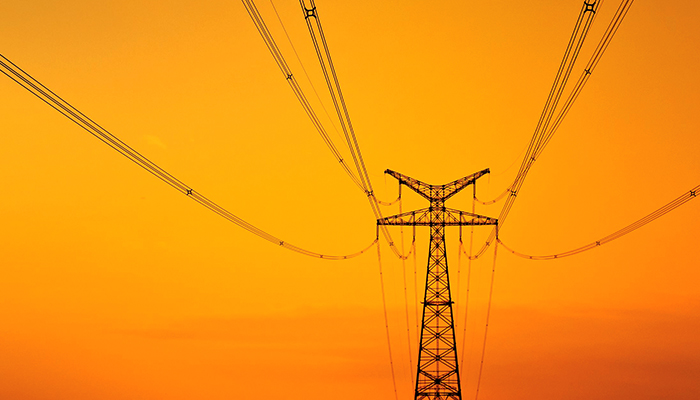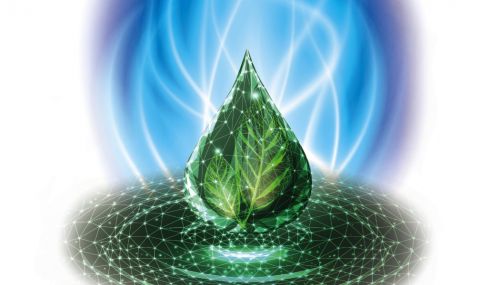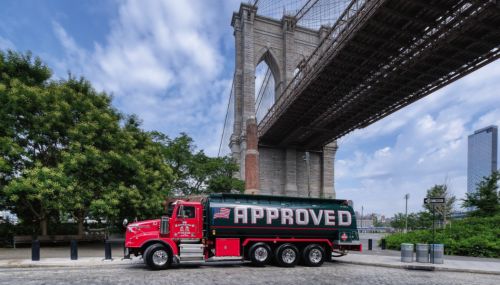All
New England Electric Demand Will Be Flat

A recent report by the American Council for an Energy-Efficient Economy (ACEEE) suggests that New England is on track to avoid significant increases in demand for generated electric power at least through 2030.
Entitled Electricity Consumption and Peak Demand Scenarios for New England, the report examines demand for electricity through 2040, accounting for different rates of adoption in energy efficiency (EE) measures, solar photovoltaic (PV) electric installations, electric vehicle (EV) usage and electric heat pump (HP) installations.
“In the United States, electricity consumption has been approximately flat in recent years. Increased EE efforts have contributed to this lack of consumption growth, even as the U.S. economy has expanded,” the report states. “Looking forward, further energy efficiency gains are likely. In addition, a variety of other trends will affect future electricity consumption and peak demand.” These include:
- Accelerating use of distributed power generation such as PV systems on the customer side of the meter;
- Growing use of EVs;
- The possible expanded use of electric HPs to replace space and water heating equipment that burns fossil fuels, driven in part by the desire to reduce greenhouse gas emissions (assuming that the power comes from clean generation).
The report notes that pace of these different trends is hard to predict, and any predictions made now are likely to be wrong. “That said, it is useful to get a sense of how these trends might affect electricity consumption and peak demand, so we can begin to plan for the future while recognizing the large uncertainties involved,” the report states.
The report explores three possible scenarios that help to define the range of potential outcomes, without taking a position on which scenario is most likely.
Scenario 1: Business as usual. ACEEE uses the reference case from the 2016 Annual Energy Outlook (AEO) prepared by the Energy Information Administration (EIA).
Scenario 2: Accelerated Adoption, with significantly enhanced programs and policies to promote EE, PV, EV, and HP.
Scenario 2: Aggressive Adoption, pushing the boundaries of the levels of EE, PV, EV, and HP that could be achieved.
In Scenario 1, electricity sales decline over the 2015–2018 period and then rise slowly over the balance of the analysis period. Sales in 2040 are 1.0 percent higher than 2015 sales. In the accelerated and aggressive cases, sales decline over the 2015–2030 period but then increase over the subsequent decade. In the accelerated and aggressive cases, sales in 2040 are 2.1 percent lower and 9.7 percent lower, respectively, than sales in 2015. “In both of these scenarios, sales decline due to efficiency and PV, only partially offset by growth in EVs and heat pumps,” the report states. “The impacts of energy efficiency on sales are greater than the impacts of PV. Heat pumps and EVs both increase sales, with heat pumps having the larger effect relative to the reference case.”
ACEEE also examined trends in summer and winter peak demand. In Scenario 1, both summer and winter peak demand modestly increase. In the accelerated scenarios, summer peak demand declines, and winter peak demand modestly grows. The decline in summer peak demand is larger in the aggressive case, driven by energy efficiency savings and, secondarily, by PV. In the accelerated scenario, summer peak declines until about 2030 and then levels off before starting modest growth, reflecting the impact of EVs and heat pumps. (ACEEE assumes that a significant share of heat pump growth occurs in homes lacking central air-conditioning, as adding air-conditioning to a home can be a significant consumer motivator.) The increase in winter peak demand is driven by growth in EVs and heat pumps. In the aggressive scenario, by 2040, summer peak demand is only a little higher than winter peak demand. And the trends are such that the winter peak could surpass the summer peak in the 2040s.
The Council acknowledges that other scenarios are also possible, such as one that combines the more aggressive EV and heat pump scenarios with lower levels of efficiency and PV. “This scenario would result in higher sales and higher summer peaks,” the report states. “The annual rates of efficiency savings shown in the accelerated and aggressive scenarios have been achieved in several of the New England states, although there is uncertainty about how many years these increased savings rates can be maintained. The levels of PV, EV, and heat pumps are more speculative and are subject to large uncertainty.”
These scenarios, as well as an ISO-New England Forecast that extends to 2025, illustrate the importance of incorporating energy efficiency as well as PV into load forecasts, ACEEE stated. “If EE and PV were not included, forecasts would be much higher, resulting in extra costs for ratepayers if the grid was designed to serve these higher loads,” the report states. “Our scenarios illustrate the importance of also including EVs and heat pumps in long-term forecasts. While the impacts of these technologies are moderate over the next 10 years (the period covered by the ISO-NE load forecast), for longer time frames these technologies could become increasingly important.”
ACEEE concludes it is possible that New England’s peak electric loads will shift from summer to winter if adoption levels are high for EVs and HPs.
Related Posts
 From Blue Flame to Biofuels
From Blue Flame to Biofuels
Posted on June 25, 2025
 HEAT Show Announces Fenway Park Backyard BBQ
HEAT Show Announces Fenway Park Backyard BBQ
Posted on May 15, 2025
 Delivering New York City’s Clean Energy Solutions
Delivering New York City’s Clean Energy Solutions
Posted on May 14, 2025
 Are You a Leader or a Boss? The Choice is Yours
Are You a Leader or a Boss? The Choice is Yours
Posted on May 14, 2025
Enter your email to receive important news and article updates.
